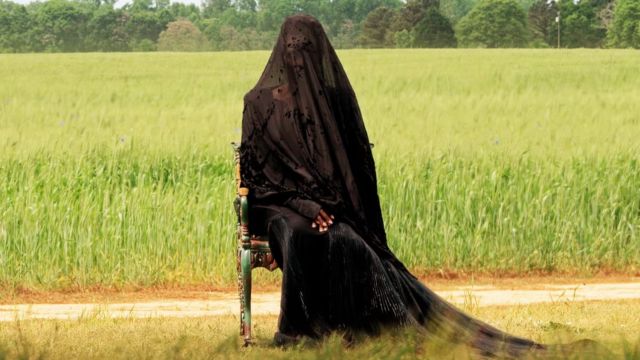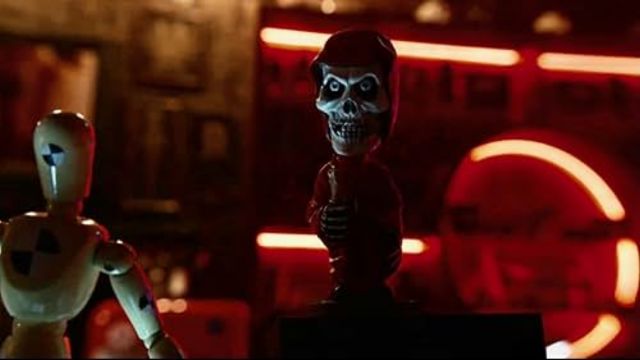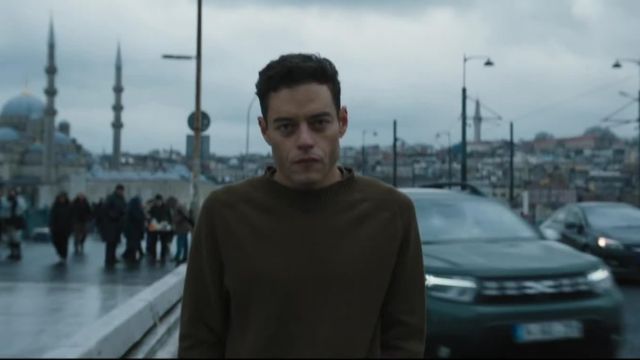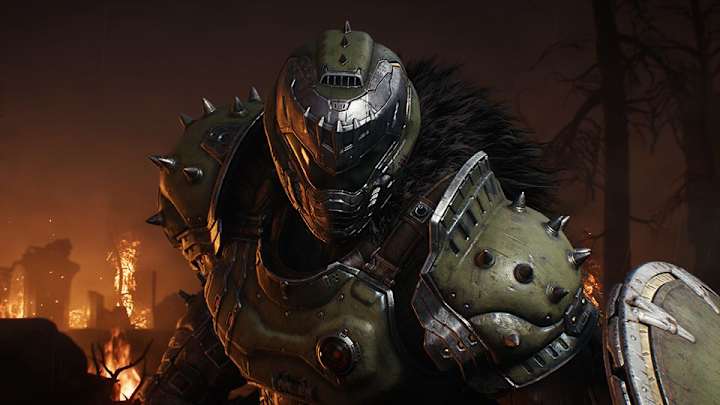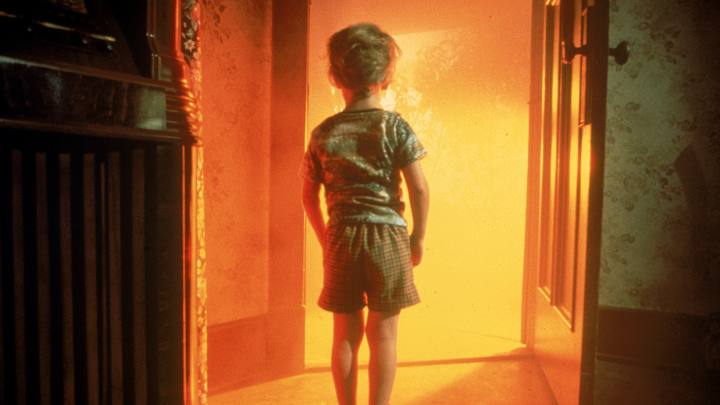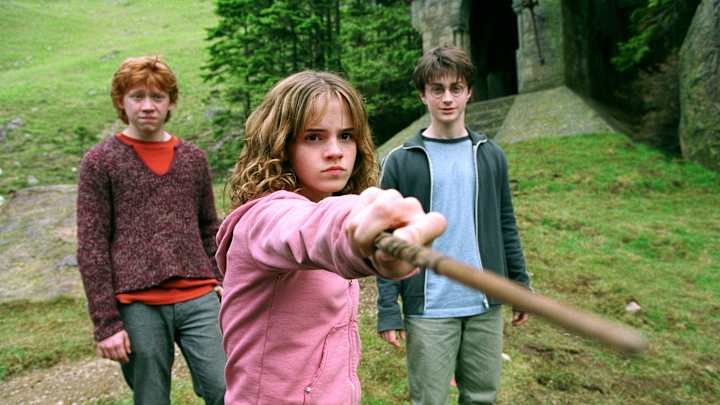A psychological thriller from 2025, The Woman in the Yard delves deeply into pain, loss, and the mental challenges that frequently follow an emotional disaster. The film, which was written by Sam Stefanak and directed by Jaume Collet-Serra, doesn’t use conventional horror methods to frighten viewers.
Rather, it creates a nagging, psychologically realistic feeling of anxiety. Danielle Deadwyler’s character, Ramona, is at the heart of the narrative. She is attempting to start over after surviving a terrible car accident that killed her husband.
In search of a new beginning, she moves to a peaceful suburban area with her kids, but she soon starts to encounter odd occurrences that make her sense of reality doubtful. The film’s emotional depth and nuanced approach to horror, which highlight how the real dread frequently resides within the human mind, are its strongest points.
Who is the Woman Standing in the Yard, and Why is She Important?
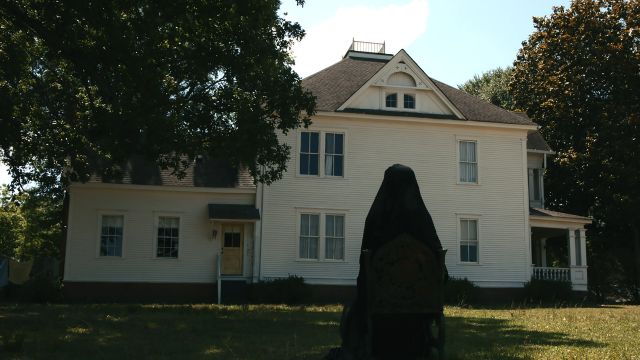
A primary mystery in the movie is the frightening, silent woman who frequently shows up in Ramona’s backyard. She doesn’t move or talk, and at first, only Ramona seems to sense her existence. Over the course of the narrative, the woman is transformed from a character to a symbol that reflects Ramona’s mental state.
Her position as a silent menace or warning is strengthened by the fact that she is rarely seen close up. She stands in for Ramona’s unsaid sorrow, remorse, and emotional burden following the accident.
Her immobile presence acts as a continual reminder of the suffering that Ramona cannot express. In addition to being a horror cliché designed to evoke fear, the woman in the garden represents emotional harm that, if left untreated, gradually erodes the psyche.
How Does the Film Explore Grief and Mental Health?
The Woman in the Yard is a character study rather than a conventional story with an outside conflict. It delves deeply into how trauma may feel like a haunting and how sorrow can warp reality. Ramona’s emotional path is intricate and multi-layered.
She is coping with the weight of having lived when her spouse did not, in addition to grieving for him. For the benefit of her kids, this survivor attempts to repress the mental turmoil brought on by her guilt.
Her mental health, meanwhile, worsens the more she attempts to appear normal. The movie gently illustrates how mental illness can show up in ways that are not always obvious. Despite the presence of hallucinations, paranoia, and disassociation, the narrative never comes across as forced.
Rather, it subtly draws viewers into Ramona’s precarious world, where the lines separating the imagined from the actual are dangerously blurred.
What Role Do the Children Play in the Story?
Taylor and Annie, Ramona’s two kids, are essential to the storyline and the film’s emotional impact. They are active participants in Ramona’s battle rather than merely supporting characters. Their exchanges show how sorrow impacts the whole family, not just the person who is experiencing it. Even before their mother publicly acknowledges it, the kids can sense her instability.
The story is made more ambiguous by the fact that they occasionally appear to see the woman in the garden as well. Is she real? The psychological tension is increased by their anxiety and bewilderment, which reflect the audience’s hesitancy. Additionally, their presence raises the stakes for Ramona’s behaviour.
She runs the risk of injuring her kids with every choice she makes and every mental error she has. Her collapse is exacerbated by this emotional strain, which also gives the narrative a sad aspect. The kids serve as reminders of responsibility and optimism, which are the motivations to persevere even when everything seems hopeless.
Is the Woman in the Yard Real or a Hallucination?
The suspense throughout the movie is fuelled by this query. The film carefully hovers on the boundary between the psychological and the supernatural for a considerable amount of time. Ramona’s deteriorating mental state initially raises the possibility that she is imagining the woman.
Doubt is raised, though, by the fact that her kids also recall seeing someone in the garden. This uncertainty is intentional. It makes viewers wonder: Are we seeing a psychological breakdown or a ghost story? The movie eventually starts to rely more on the symbolic interpretation. It turns out that the woman is a projection of Ramona’s inner conflict, particularly her suicide ideas.
She is a surrendered version of Ramona who wishes to let go and cease fighting. The woman merely waits and never says or attacks, practically beckoning Ramona to join her. This insight transforms the movie from a mystery into a potent allegory for mental health and the value of getting treatment.
How Was the Performance of Danielle Deadwyler as Ramona?

As Ramona, Danielle Deadwyler gives a frightening and intensely emotional performance. Her performance is unvarnished, controlled, and nuanced. She portrays a woman who is striving to keep everything together while subtly collapsing, capturing the subtleties of sadness without excess.
Her scenes with her kids are especially potent because they convey a combination of quiet desperation, tiredness, and maternal instinct. It’s a performance that conveys a wide range of emotions through body language, quietness, and tiny reactions rather than large theatrical outbursts.
She has received accolades from critics for providing a convincing portrayal of a woman coping with unsaid tragedy and for establishing the picture with her presence. Her portrayal is the film’s emotional core and takes the subject matter well beyond what is usually found in a horror movie.
What Can Viewers Take Away from The Woman in the Yard?
The Woman in the Yard is fundamentally a mirror held up to everybody who has ever battled with terrible loss, not only a mystery or thriller. It demonstrates how silence can become oppressive, how grief can take on horrific forms if left untreated, and how mental health should never be disregarded.
The movie serves as a reminder that support, communication, and acknowledgement are necessary for healing. Additionally, it forces viewers to reconsider what fear actually is—not just something hideous and external, but something intensely personal and frequently imperceptible.
The woman in the yard is not a monster; rather, she is a warning, a cry for assistance, and a shadow of what occurs when feelings are suppressed for an extended period of time.
Conclusion
A poignant illustration of how pain and loss may silently stalk us is The Woman in the Yard. The enigmatic character in the garden represents Ramona’s internal conflicts and is more than just a character from a horror film.
The film reminds us that often the true struggle isn’t with the supernatural but rather with our own brains, and it does so with emotional depth and psychological strain.
Visit our website for more in-depth articles on trending movies, emotional storylines, and the hidden meanings behind today’s most talked-about films.
